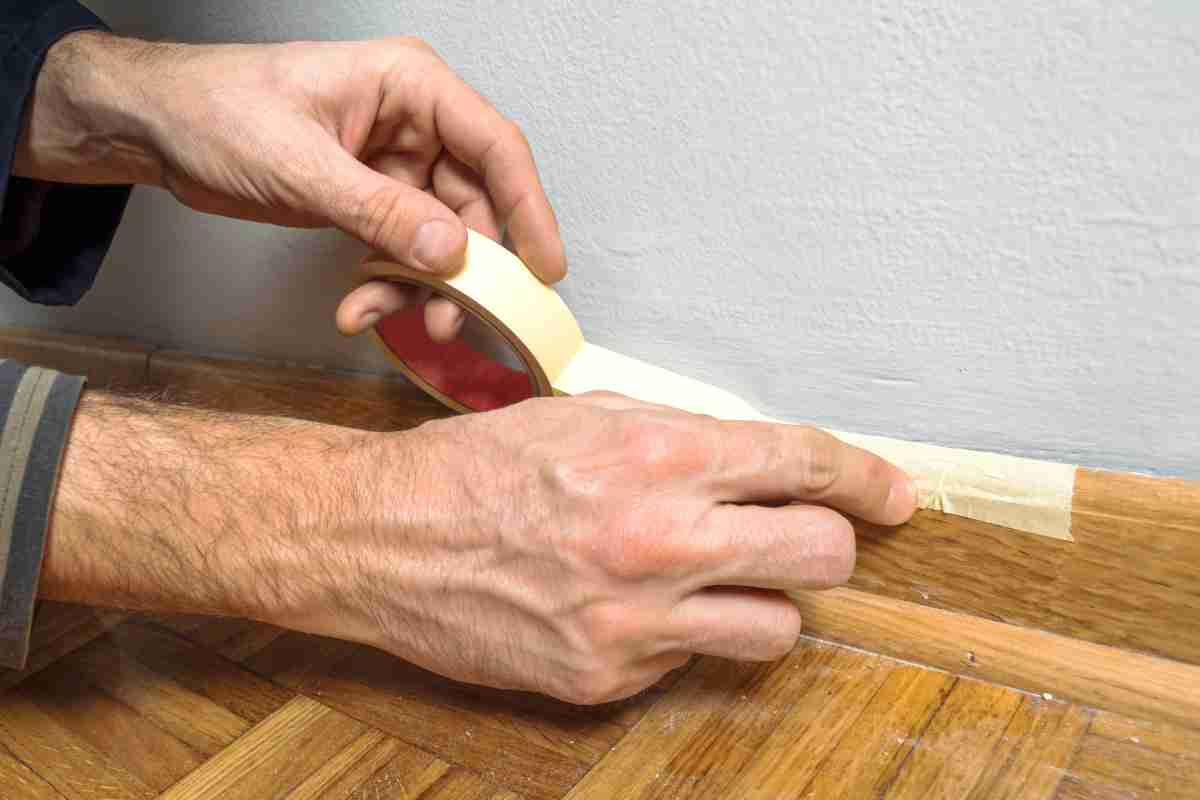Painting? The Right Way To Get The Job Done
Wondering if your painter is doing the job right? Stay informed and involved for a flawless finish and have your home painted to perfection!


Tools for a paint job
Are you wondering if the painter or paint crew that youhired is doing the job right? If you want a flawless finish don’t rely on theirexpertise alone, be involved and informed about the complete process. Have yourhome painted to perfection by ensuring that the correct procedure is followed.
Here’s the ‘how-to’ guide to doing paint right!
Sanding the walls
Sanding walls makes uneven surfaces smooth. Professionalshould use medium pressure to scrape the walls with good quality sand paper thatmust be replaced when it gets caked. Decorative moldings should be cleaned withthe help of damp sanding sponge.
Clean the walls with a dry cloth or a vacuum cleaner aftersanding to remove any debris or excess powder.

Walls are evened out with sandpaper
Patch-Up Putty
For an even wall surface, ask the crew to first fill the holesand the cracks with putty using a putty knife. Putty will take time to dry andsometimes sink into the hole and may require another application. Once theputty is dry, sandpaper is used to make it smooth and even with the wall’ssurface.

Putty is used to fill holes and repair cracks
The Right Tools
The right tools make all the difference; they can save youtime, money, and prep time too! For a quick and effective paint job it’sessential that the paint crew choose the tools right. For example certain paintrollers transfer paint onto the walls while others create a discrete line freetexture. Also, choosing an angled brush prevents paint from staining cupboards.An angled brush needs a steady hand but is less prep work than using maskingtape around every door window and switchboard.

Masking tape or painter’s tape protects your door and window frames

Decorative moldings should be cleaned with a brush
Primer
The next step is applying a coat of primer and leaving it todry overnight. Primer helps paint to adhere to the walls; it essentially primes the wall for paint and blocks stainsfrom showing through. Professional painters sometimes use a tint of the finalcolour in the primer for an evenly shaded finished wall. A coat of primer is amust to achieve a neat finish especially if you choose a dark hued paint, or ifputty has been applied to walls.
Primer to help adhere paint to the walls
Painting Edges

Paint the border with an angled brush
Once walls have been primed, it is now the time to startpainting the walls. Starting with the edges, painters should use a 2 ½ inch angled brush and dip not more than 1/3rdof the brush in paint. Tapping the brush removes excess product preventingdrips. At least 2 inches along the border of wall should be painted and thecentre area can then be filled in with a paint roller.
Roller Brush

Using a roller to apply paint
The surface area of the wall is painted using a roller. Aroller is wet with water or else with thinner depending on the paint beingused. Water is used for latex based paints and thinner for oil based paints. A roller is usually used with a paint tray, ithelps to apply paint and remove excess. Whilepainting a ‘W’ or M’ motion is used throughout the walls. The roller should notleave the surface of the wall during the entire process until it needs anotherapplication of paint from the tray. Leave the walls to dry after completing thejob.

A perfectly painted blue room
Your perfect paint job is now complete! Hope you prepped likewe suggested in our post on ‘The painting prep list - Before you start’, tosave you many hours of clean up time.




Comments ()